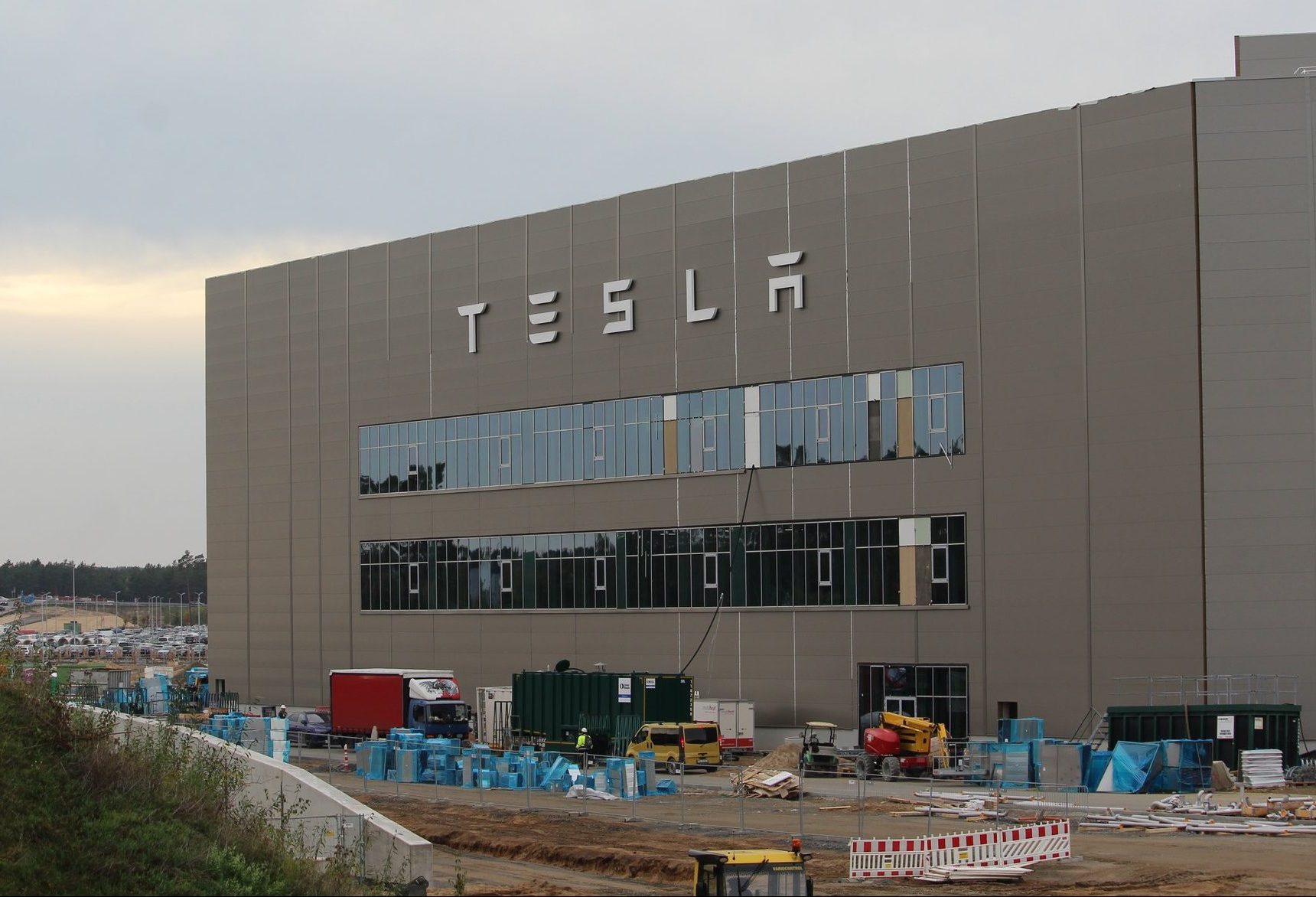Tesla uses far less water at Giga Berlin than it's approved for: minister
Tesla's Gigafactory Berlin has used significantly less water as production has ramped up than it did for construction, one minister says. Tesla has faced criticism over its water consumption at its Gigafactory Berlin, Germany, over the years, but a local official now claims that the automaker used far less water in its first few years of production than it was approved for. The German Minister of Agriculture Axel Vogel stated that Tesla’s water use at Giga Berlin fell in its initial full year of production and has remained steadily below the approved limit since. According to Vogel, Tesla is approved for up to 1.8 million cubic meters of water consumption per year, but only used 300,000 cubic meters in its production year. In 2022, the total amount of water pumped to the community was significantly reduced, with the amount of withdrawn water falling by 5.3 percent to 10.2 million cubic metres. Other plants in the region also use significant amounts of water annually within the WSE’’S regional distribution area, including the LEAG coal plant, Premnitz waste incineration plant, Schwedt oil refinery, and a Klaistow asparagus farm.

Published : 2 years ago by Zachary Visconti in Auto
Tesla has faced criticism over its water consumption at Gigafactory Berlin over the years. However, one local official now says the automaker used far less water in its first few years of production than it was approved for.
Brandenburg’s Minister of Agriculture Axel Vogel says that Tesla’s water consumption at Giga Berlin fell in its first full year of production and has remained steadily beneath the approved limit since, according to a report from German outlet BZ Berlin this week. The statements were made on Thursday during a session in the Potsdam state parliament.
According to Vogel, Tesla is approved for up to 1.8 million cubic meters of water consumption per year, though it only used 300,000 cubic meters in its first year of production. In addition, Vogel says that amount stayed the same after Tesla ramped up factory production, citing the time range between January and August this year.
In 2020, the Strausberg-Erkner Water Association (WSE) pumped as many as 10.8 million cubic meters of water total to roughly 170,000 customers south of Berlin, including factories like Tesla’s and a major cement plant, as well as schools, households and more. In 2022, however, the total amount of water pumped to the community was substantially reduced despite production ramping at Giga Berlin.
“In 2022, the amount of water withdrawn fell by 5.3 percent to 10.2 million cubic meters,” Vogel said.
The publication also pointed to other plants using a significant amount of water annually within the WSE’s regional distribution area, including the LEAG coal plant (44.8 million cubic meters), the Premnitz waste incineration plant (13.5 million cubic meters), an oil refinery in Schwedt (13.5 million cubic meters) and a Klaistow asparagus farm (1.09 million cubic meters) — all despite the plant providing around 11,000 jobs.
Tesla hopes to build around 250,000 of its Model Y SUV at Giga Berlin this year, and the minister says that the company is approved for production of up to 500,000 Model Y bodies. Earlier this year, Tesla said it hoped to someday produce a million cars per year at the plant, without increasing water consumption.
Along with criticism faced by environmental groups over the years, Tesla faced a lawsuit in Germany over water use that threatened to delay the start of production. Vogel has also publicly defended Tesla over water use criticisms in the past, urging regulators in 2022 to help the automaker proceed toward ramping up production.
What are your thoughts? Let me know at [email protected], find me on X at @zacharyvisconti, or send your tips to us at [email protected].
Tesla uses far less water at Giga Berlin than it’s approved for: minister
Topics: Tesla
